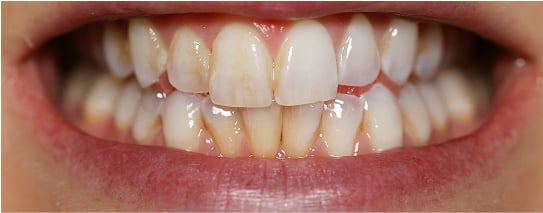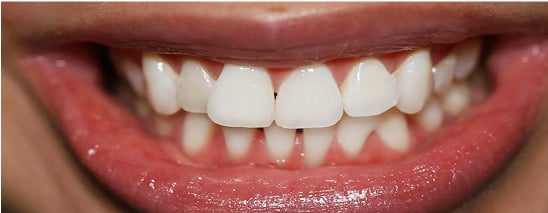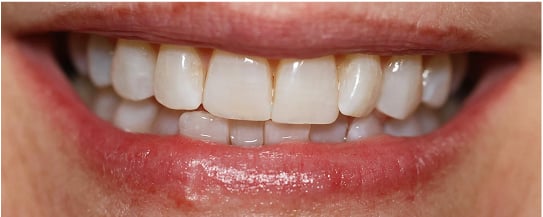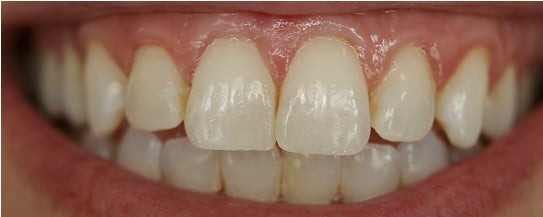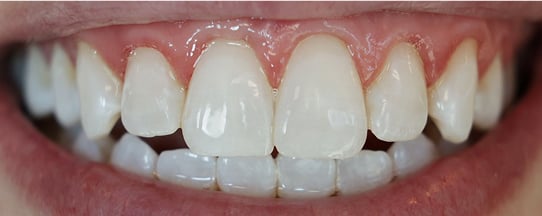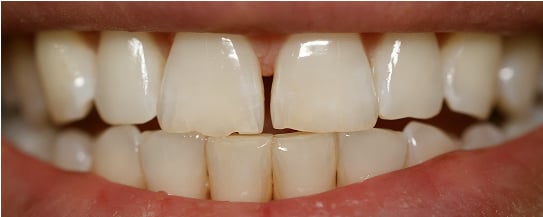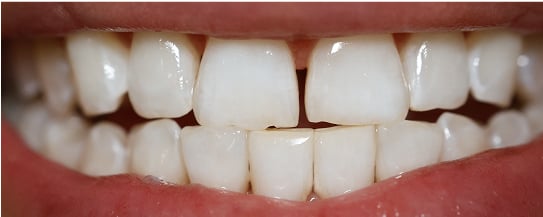Cavities are among the most common dental concerns, and among the most misunderstood. From how they form to how they’re treated, misinformation can lead people to delay care or skip prevention altogether.
At The Gleamery, smart smile-care starts with the facts. Here are the top myths about cavities—and what’s actually true.
Myth #1: Cavities Always Hurt
Truth: Not always.
Pain is a late-stage symptom of decay, meaning that by the time you feel discomfort, the cavity has already advanced. Early cavities often go unnoticed because they’re silent, slow-moving, and can only be spotted through exams and X-rays.
That’s why consistent cleanings and early intervention are key. At The Gleamery, every cleaning includes a comprehensive enamel and gum check to help you catch issues before they cause pain or damage.
Myth #2: Sugar Alone Causes Cavities
Truth: It’s not sugar itself; it’s how long it stays on your teeth.
Bacteria in your mouth feed on sugar, creating acid that wears away enamel. The longer that acid lingers, the higher your risk of decay. So, it’s not just about cutting sugar, it’s about cleaning smart.
Rinse with water after snacks, brush twice daily, and never skip your floss. Want extra protection? Add The Gleamery’s Anti-Cavity Therapy™ Protect to your next cleaning. It strengthens enamel and reduces sensitivity, providing your teeth with a more substantial barrier against daily acid attacks.
Myth #3: Brushing Harder Prevents Cavities
Truth: Technique beats force every time.
Brushing too hard can actually wear down enamel and irritate gums, making teeth more vulnerable—not less. Use a soft-bristled brush, gentle circular motions, and fluoride toothpaste.
And if your enamel already needs a little help, The Gleamery’s Anti-Cavity Therapy™ Repair can heal early-stage decay and reverse white-spot lesions—no drilling, no needles, no downtime.
Myth #4: Cavities Only Come from Candy
Truth: Acidic foods and drinks can be just as damaging.
Soda, sparkling water, coffee, wine, and citrus can all erode enamel over time. Even “healthy” habits like sipping kombucha or using lemon water daily can put your teeth at risk if not balanced with protective care.
Try following acidic drinks with water and scheduling regular cleanings to neutralize acid buildup. For next-level protection, our Anti-Cavity Therapy™ takes just five minutes and provides long-term defense against acid erosion.
Myth #5: Once You Have a Cavity, It’s Too Late
Truth: Not necessarily.
While advanced decay requires treatment, early enamel breakdown can often be reversed before it turns into a cavity. That’s precisely what The Gleamery’s Repair treatment was designed for—it’s a quick, pain-free way to stop decay at its earliest stage.
So if you’ve noticed sensitivity, discoloration, or white spots on your teeth, don’t wait. Minor signs can lead to big problems, but proper care can stop them in their tracks.
Why Prevention Always Wins
Prevention is faster, easier, and more comfortable than restoration. The Gleamery’s Anti-Cavity Therapy™ fits seamlessly into your regular appointments and can be added as a simple add-on during any cleaning or whitening session, with two strengths designed to help address multiple stages of cavity development.
- Protect: Strengthens enamel and reduces sensitivity.
- Repair: Reverses early decay without drills or downtime.
Your teeth deserve that extra layer of defense, and your future self will thank you for it.
The Takeaway
Cavities don’t happen overnight, and they don’t have to happen at all. With smart habits, regular cleanings, and the right treatments, you can prevent or even reverse early decay.
Book your next appointment at The Gleamery and add Anti-Cavity Therapy™ to your visit for a no-drill, no-needles, no-filling, holistic approach to healing cavities.
2. Preventing cavities involves more than just avoiding sugar; it also requires smart cleaning habits and being mindful of acidic foods and drinks.
3. Early-stage decay can often be reversed with proper care and treatments like The Gleamery’s Anti-Cavity Therapy™, making prevention and early intervention key.
https://my.clevelandclinic.org/health/diseases/10946-cavities
https://www.cdc.gov/oral-health/about/cavities-tooth-decay.html

